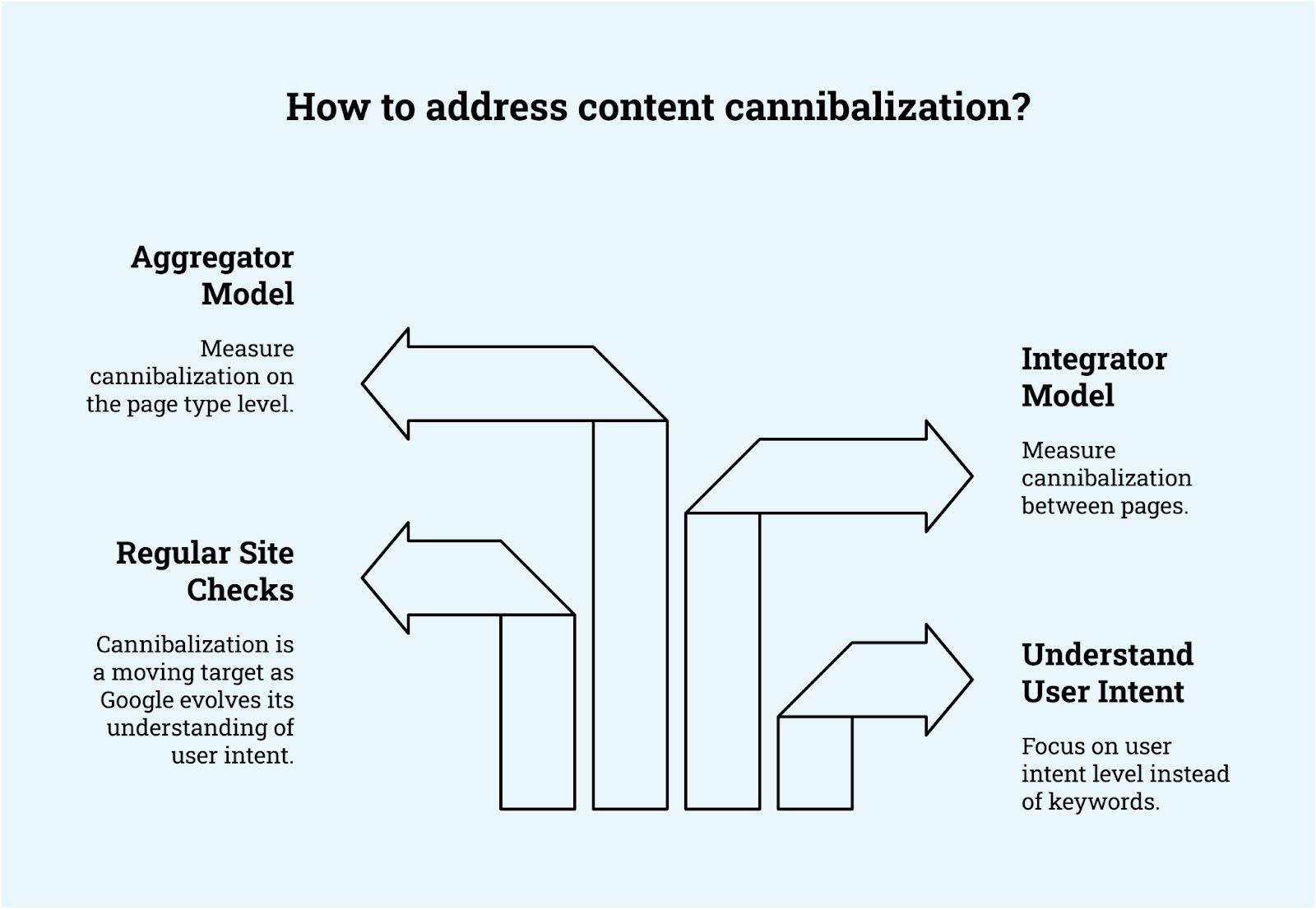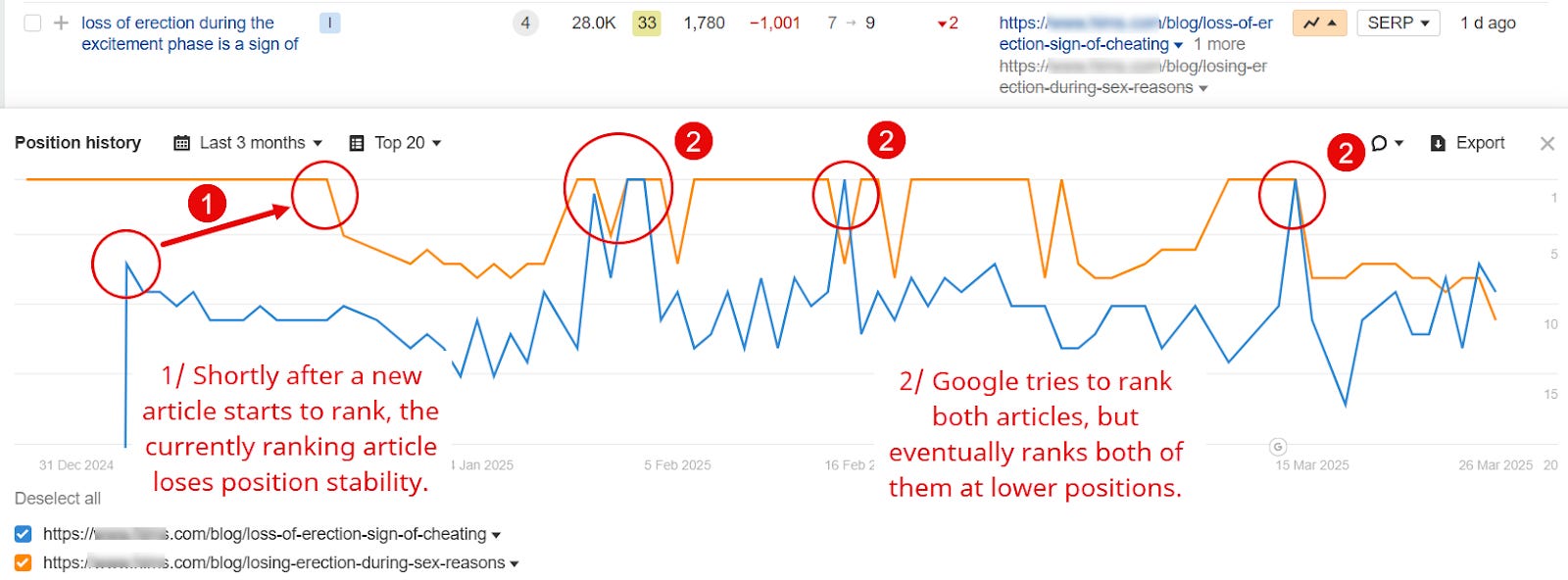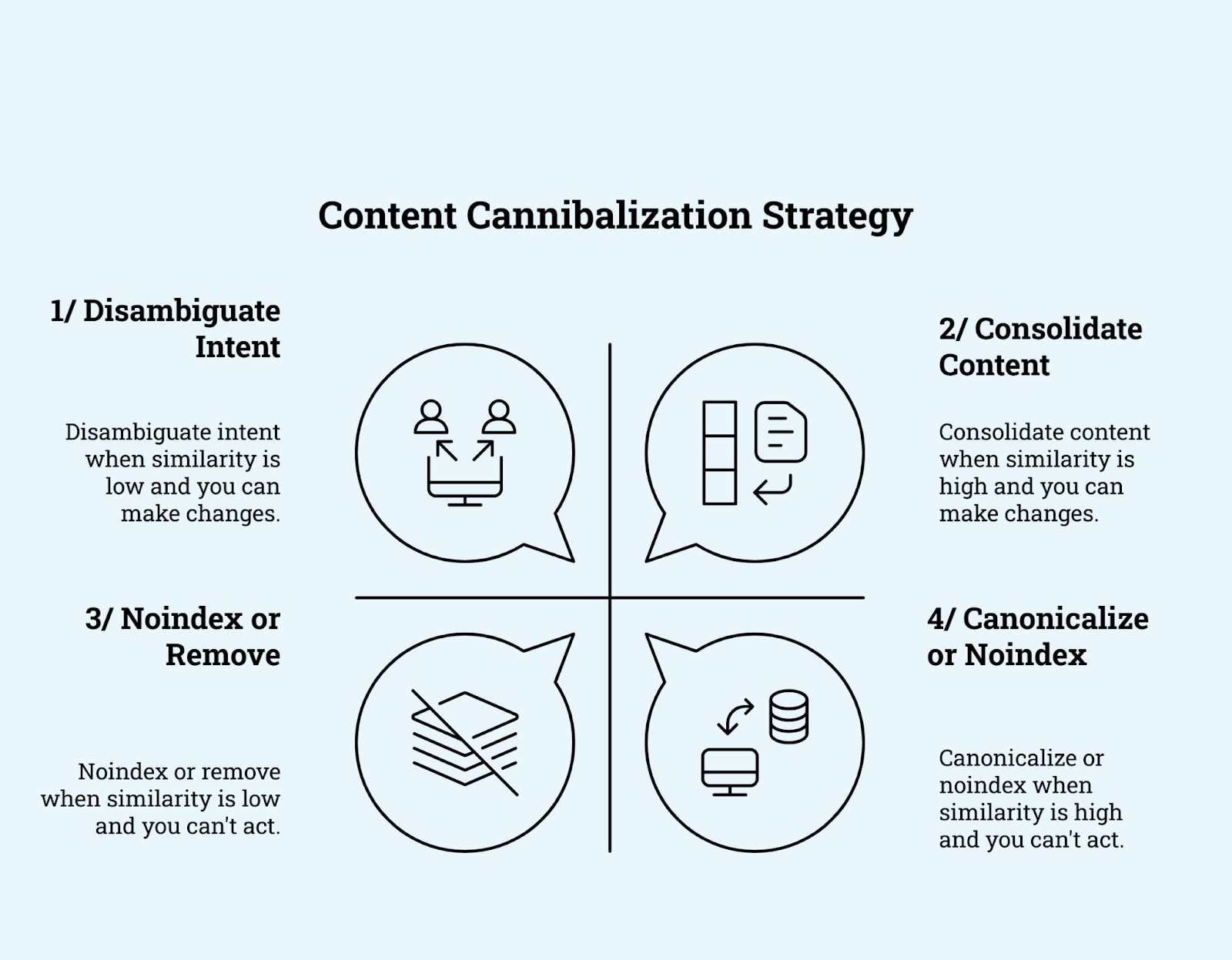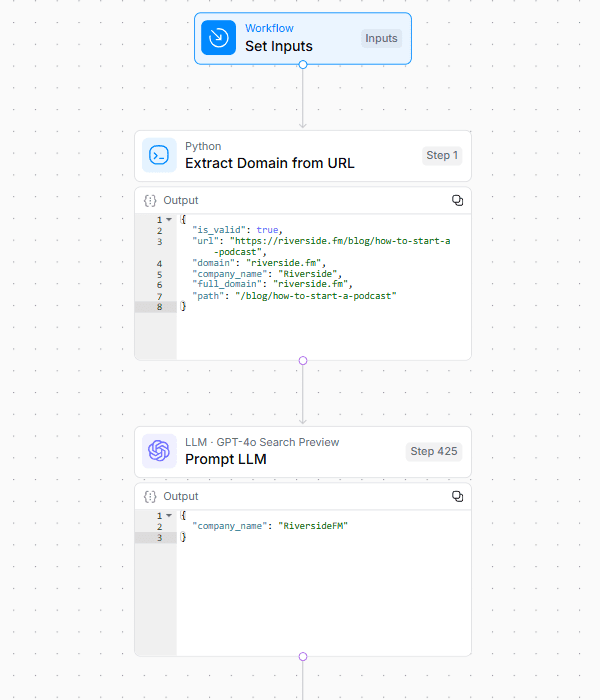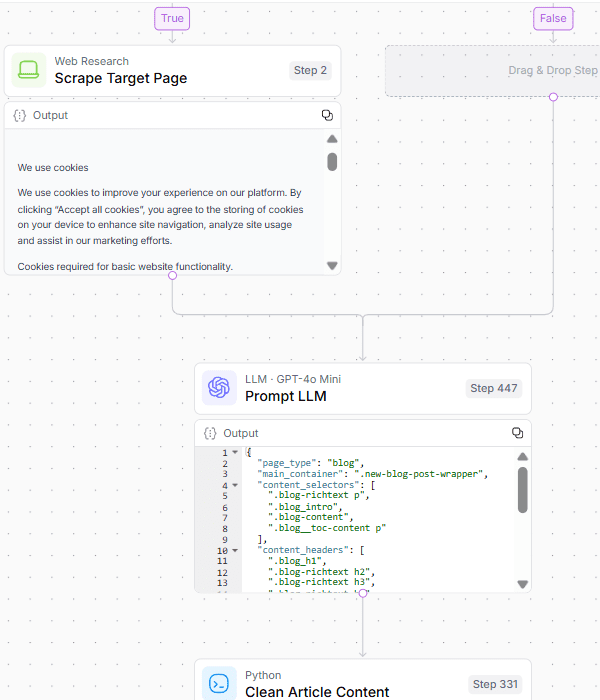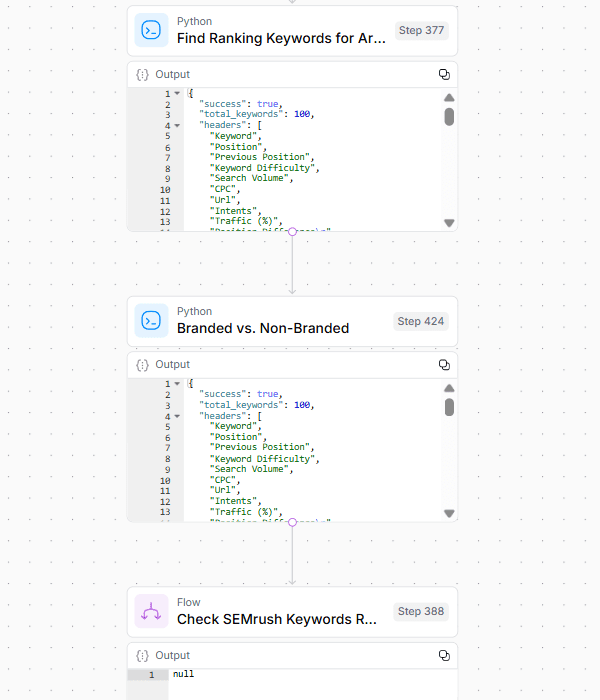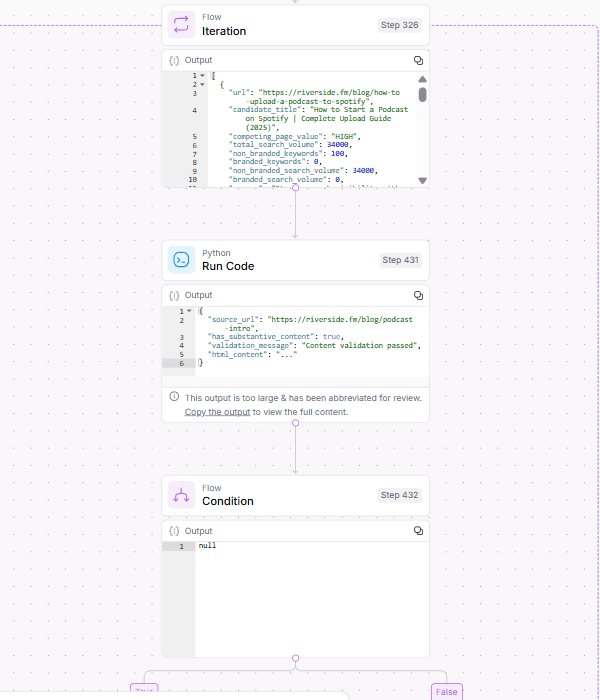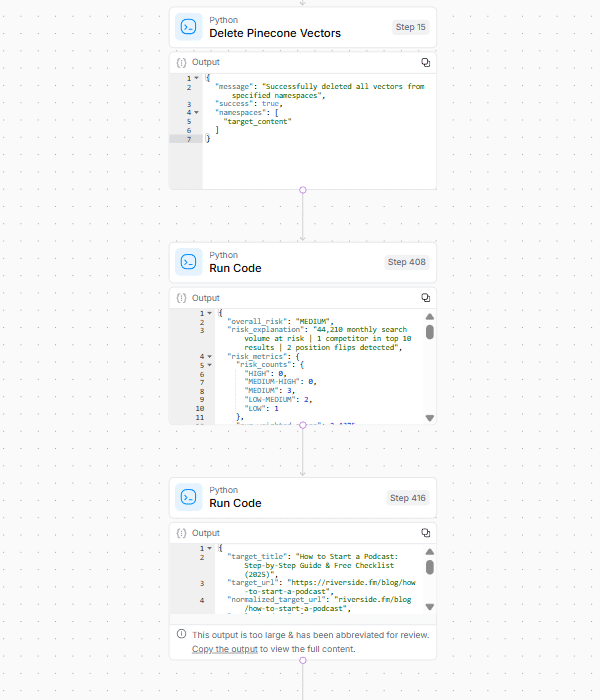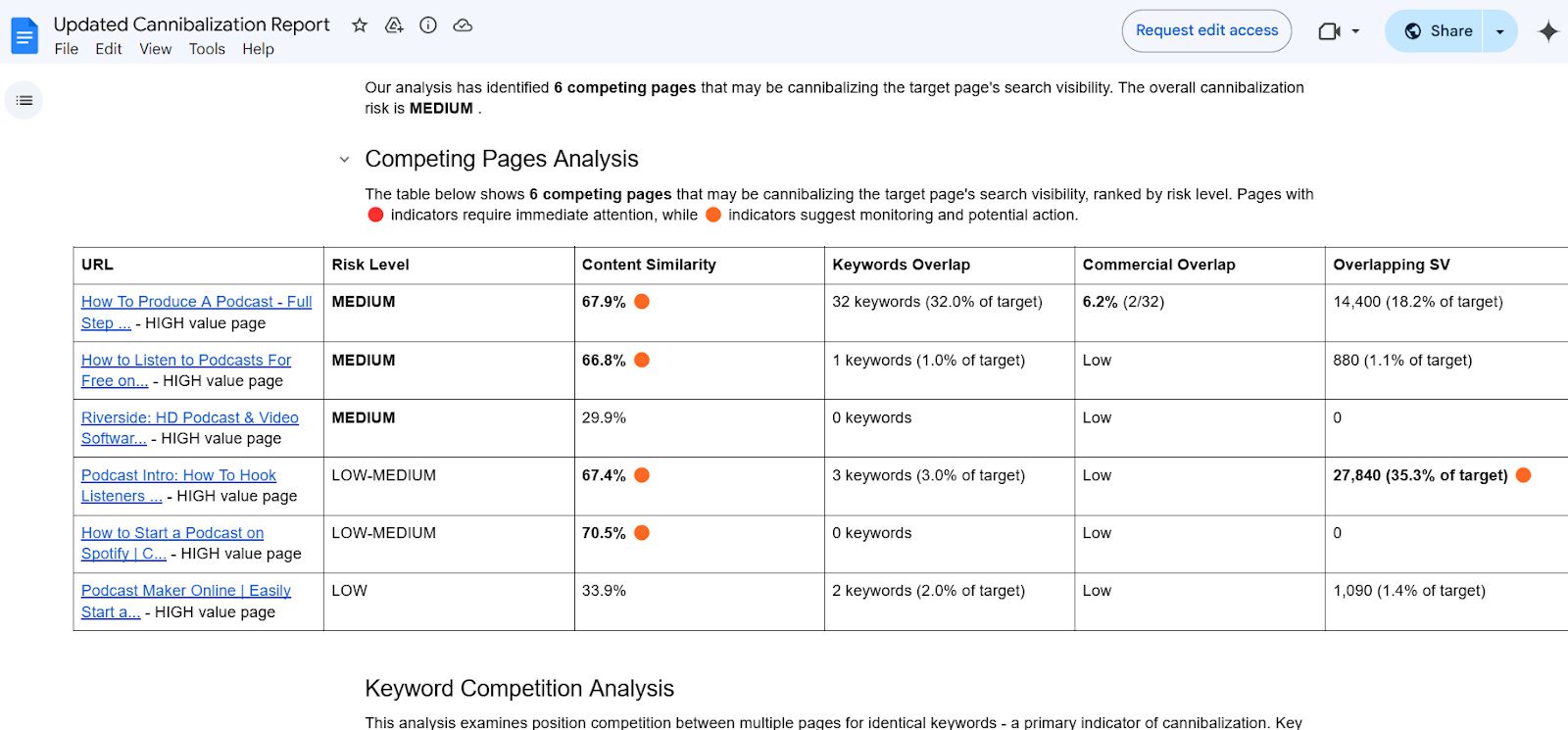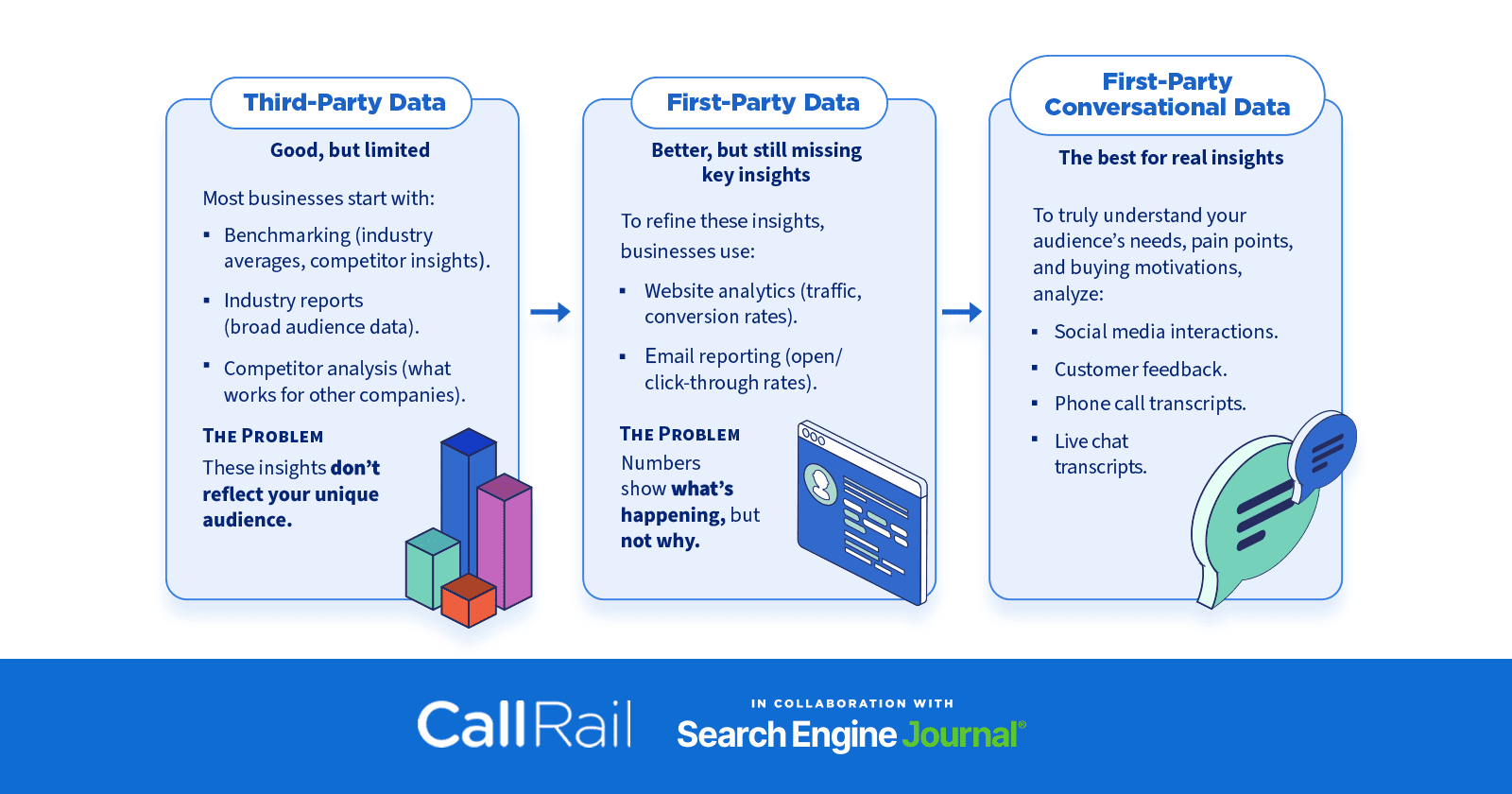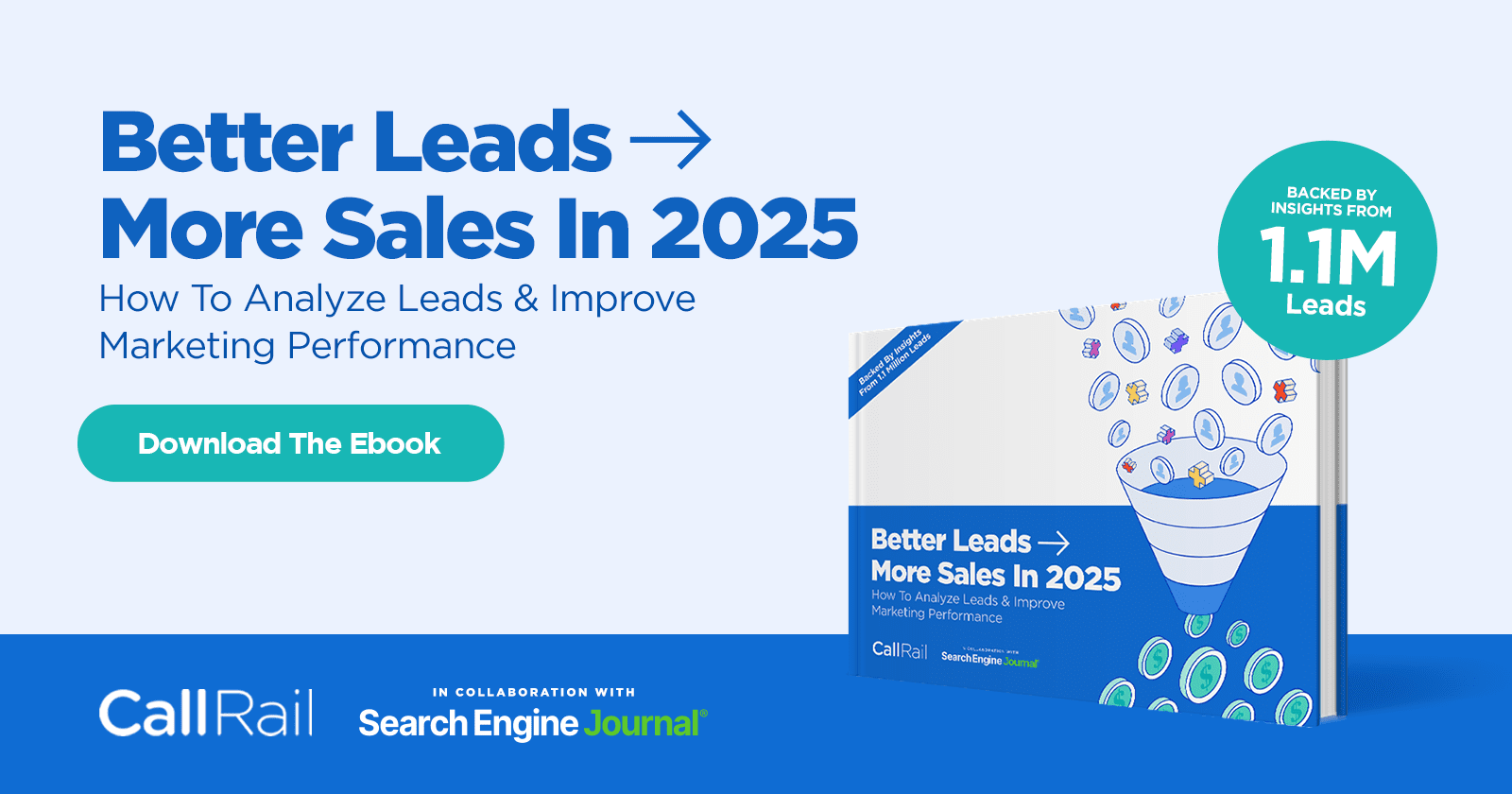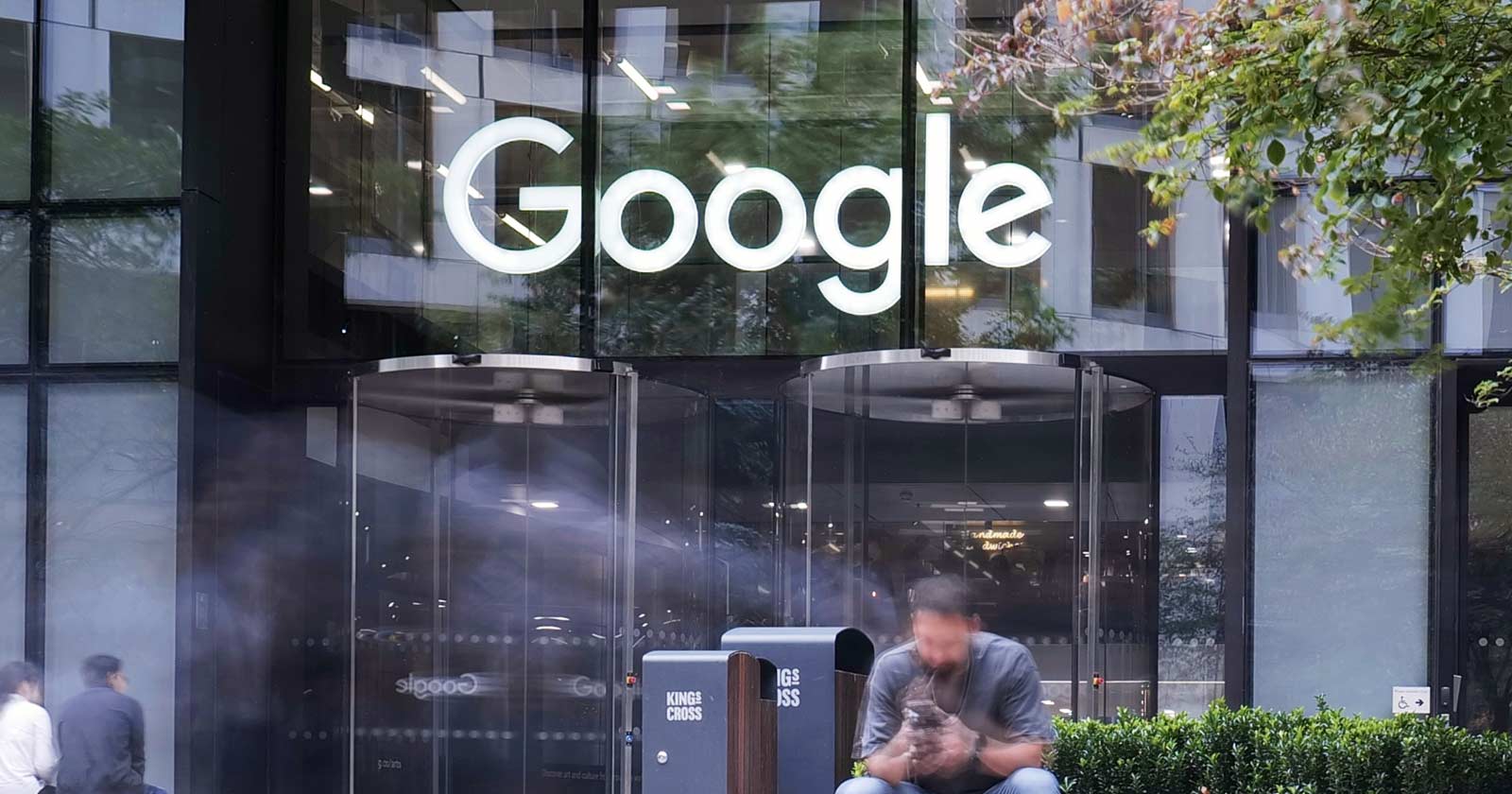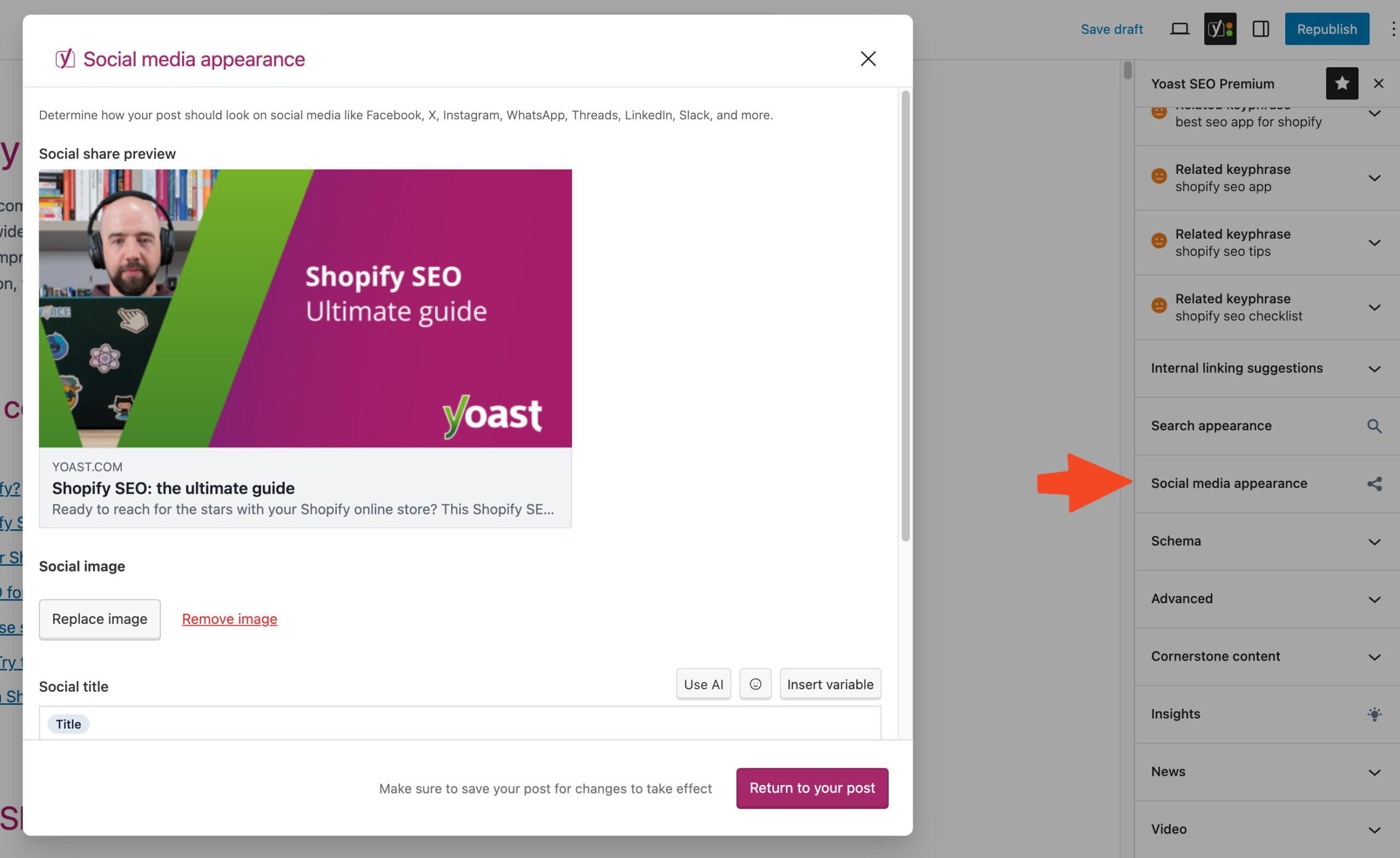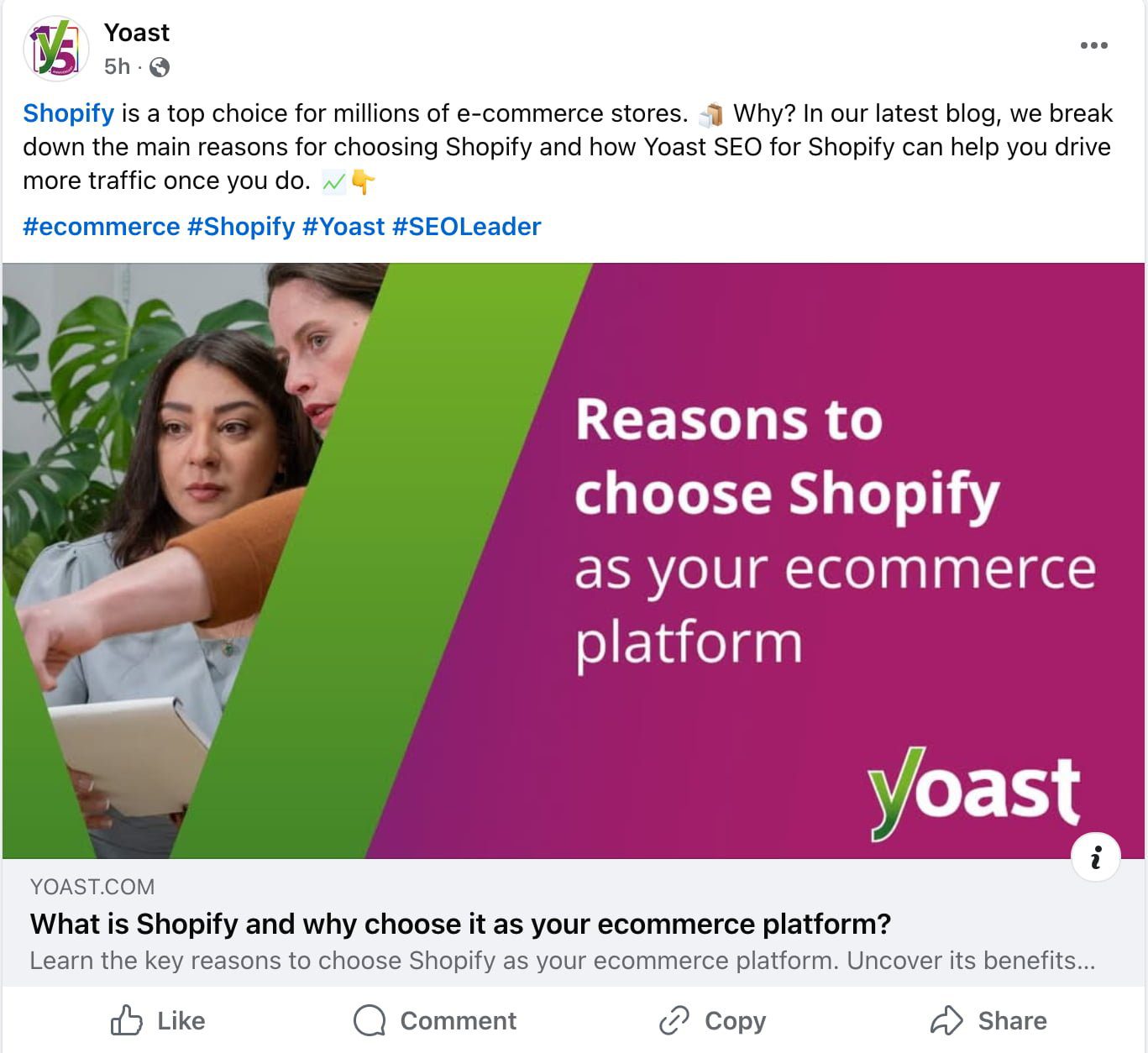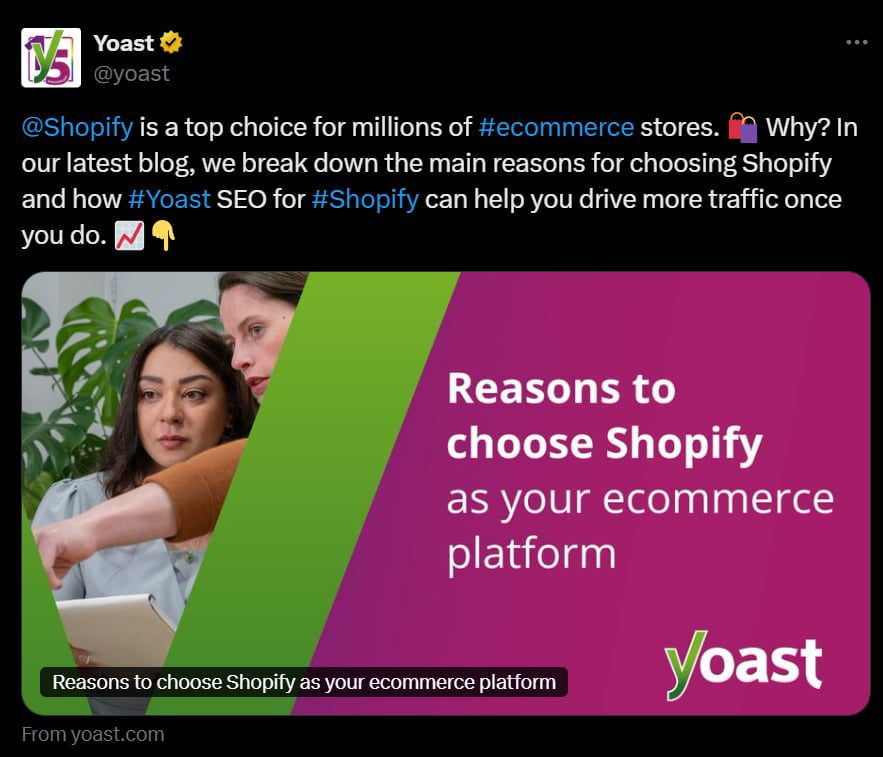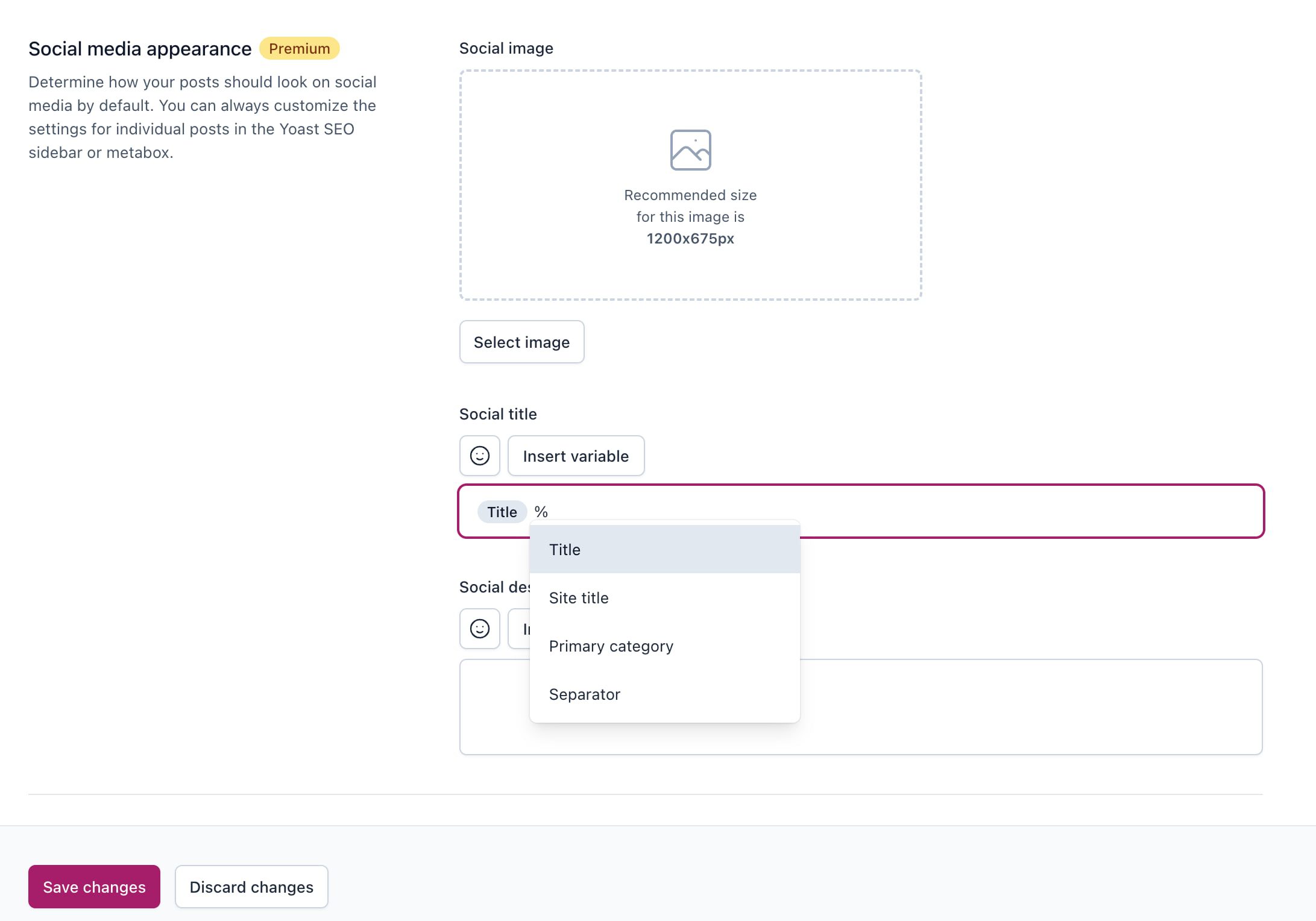Today’s question from Kazi is such an honest and important one for our industry. Kazi asks:
“I’m new to this sector. Should I start an agency as an one-man employee? I know it sounds ridiculous, but I am very much in need of work – more specifically, in need of money.
So, I think an agency will have better pull power than me working as a solo search engine optimizer because clients won’t get attracted if they see a new SEO learner…”
I understand that the crux of this question is, “Will you appear more legitimate and competitive if you are offering services as an agency rather than a solo contractor?”
However, I really want to address the more important aspect of this: Should you be offering SEO services for a fee as someone brand new to the industry?
My answer to that is no. Not only shouldn’t you be offering SEO services as an agency, but you also shouldn’t be offering them as a solo contractor if you are brand new to SEO.
Why SEO Is A Great Career Move
I completely get the appeal of this as a career move. On the face of it, SEO has no barriers to entry, which is great!
I fully recommend this industry to anyone passionate about analysis, psychology, creativity, sustainability, and technology.
You’ll hear me encourage it for people who like to problem-solve and find solutions that don’t have obvious answers.
I recommend it not only for those who have a background in creative pursuits, but also for those whose background is more tech-focused. It is a career that captures the interests of a lot of different types of people.
Not only does it give you the opportunity to earn money through skills that are in demand, but there are also no expensive overheads.
There are no formal qualifications needed and no regulatory bodies to convince. All you need is a computer, the internet, and the passion to develop your skills.
But it’s not easy.
There is a lot to learn before you can realistically start charging for your services. It is not just about the mechanics of SEO, but also how to apply them in different situations.
Risks To Clients
If you take on SEO work for a business or organization without knowing how to apply SEO concepts in practice, you could open them up to significant risk.
Learning On The Job
SEO is not a straightforward practice. There are a lot of variables and circumstances that affect what we might deem “good practice.” Because of this, you can’t apply a blanket solution to every situation you encounter.
If you are brand new to SEO, there may be nuances with your client’s industry, website, or tech stack that you aren’t aware of, which will impact how successful your strategy is.
A lot of SEO comes down to problem-solving. This is a skill that gets honed over time. As you encounter more situations and learn from what worked and what didn’t, you will become more adept at creating successful strategies.
If you are a brand-new SEO bearing full responsibility for the success of the organic performance of a client, you will come unstuck.
SEO is a great industry for learning on the job. However, if you are learning SEO from scratch, you don’t want the pressure of being the most senior SEO in the room. You will likely make mistakes, and these could be costly to your client.
May Cause Significant Traffic Loss
In some situations, a junior SEO working on a website alone could cause significant traffic loss for a client.
For example, you could accidentally set live a solution that de-indexes their whole site. You may not know how to guard against that sort of mistake. You could see your client’s organic traffic disappear in a matter of days.
These are risks that more experienced SEO professionals face as well, but after years of working in SEO, we can foresee what issues might arise from the recommendations we make.
Could Cause Financial Harm
If your SEO recommendations cause organic performance issues, your client’s revenue could be significantly affected.
If they run a business that relies on their website – and in particular, organic traffic – then your mistakes could be very costly.
People have lost jobs over organic traffic loss. Without much experience in SEO and no one more senior to help flag risks, this is something that you could easily cause.
Risks To You
Not only would charging for your services as an SEO when you’ve never done it before put your clients at risk, but it could also be harmful to you.
Significant Pressure
You will face significant pressure. You will be expected to set reasonable goals and achieve them in a timely manner.
Without much experience in SEO, that’s going to be incredibly difficult to do. You’ll either set unattainable goals that no SEO could realistically achieve, or you simply won’t have the skills to achieve more practical objectives.
With that, you will find yourself trying to appease an increasingly disgruntled client.
Any SEO professional who has worked as a freelancer or as part of an agency has had to have difficult conversations with a client. They have expected results that you have not been able to deliver.
However, an experienced SEO will be able to identify when that is likely to be the case and adapt strategy, or inform the client of more realistic timelines or goals.
They will also have ways to help the client feel like they are getting a genuine return on their investment, even if it’s not as much or as quickly as they had anticipated.
A brand-new SEO specialist simply will not know how to do that. It’s too much to expect from someone so early on in their career. You will likely feel the pressure of that.
Your lack Of Experience Will Be Discovered Quickly
The above is really a best-case scenario – you actually make it to the point where you have convinced clients to trust you, and you are beginning to see that you can’t hold up to the promised performance standards.
Most likely, your lack of knowledge and experience will be identified more quickly. You may be working with people with more SEO knowledge than you, such as marketers or product owners.
They may not consider themselves experts in SEO, but they will assume you are if you sell it as a service. They will probably be able to identify significant gaps in your knowledge very early on in your relationship.
Not only will that likely sour the client-agency relationship, but you may also find yourself without a client pretty quickly.
Could Have Legal Ramifications
In some situations, positioning yourself as someone who can get results through offering a service – without the ability to fulfill that – could be a breach of contract.
I would be very wary of making promises to clients about your abilities unless you are upfront that you are brand new to SEO and they are among your first-ever clients.
What You Could Try Instead
So, if I’ve managed to give you pause about committing to offering SEO services as a contractor or an agency, may I suggest some other ways forward?
You can still make money through a career in SEO, even if you are beginning to learn about it.
Join A Company As An Intern
You are clearly passionate about SEO if you are already thinking about starting a business working in the industry. That passion is a great start.
Consider finding an entry-level job in the SEO field and learning on the job in a more supportive, less pressured way.
You could find an agency or in-house position that values your drive and ambition but can support you with the right resources and opportunities to learn SEO while minimizing the risk to yourself and others.
Practice On Sites That You Can Fail With And Learn
If you are struggling to find employment within SEO but want to learn it to get into a position where you can legitimately offer SEO services, you need practice.
Do not practice on sites that rely on organic traffic. Instead, consider building your own sites around subjects you are passionate about and develop your experience and confidence in SEO.
You can make mistakes, weather traffic drops, and be hit by algorithm updates – all without risking anyone’s livelihood. Through that, you will develop the skills you need to work on other people’s sites.
I would still consider graduating to other sites where the risk is low. For example, volunteering your time to work alongside other SEO professionals.
Or, you could try optimizing the site of a friend who understands you are still learning SEO and is happy for you to practice and make mistakes on their site.
Set Up Your Own Site And Monetize It
If you are determined to make money through SEO right away, then build and optimize a site that you can monetize.
This might mean an affiliate site, or perhaps you can start a business that drop-ships.
Whatever course you take, make sure that the risk is minimal, and you will not suffer if you lose traffic and revenue while perfecting your SEO skills.
Make Sure You Have The Experience Before You Go Alone
Most importantly, understand that learning SEO well takes time.
You can easily read up on SEO and have a very high theoretical knowledge of it, but you still need to put what you’ve learned into practice.
This way, you will be able to understand how to adapt strategies for different goals or how to rally when performance doesn’t go as expected.
I want to encourage you to pursue a career in SEO, but I caution you against running before you can walk.
More Resources:
Featured Image: Paulo Bobita/Search Engine Journal


